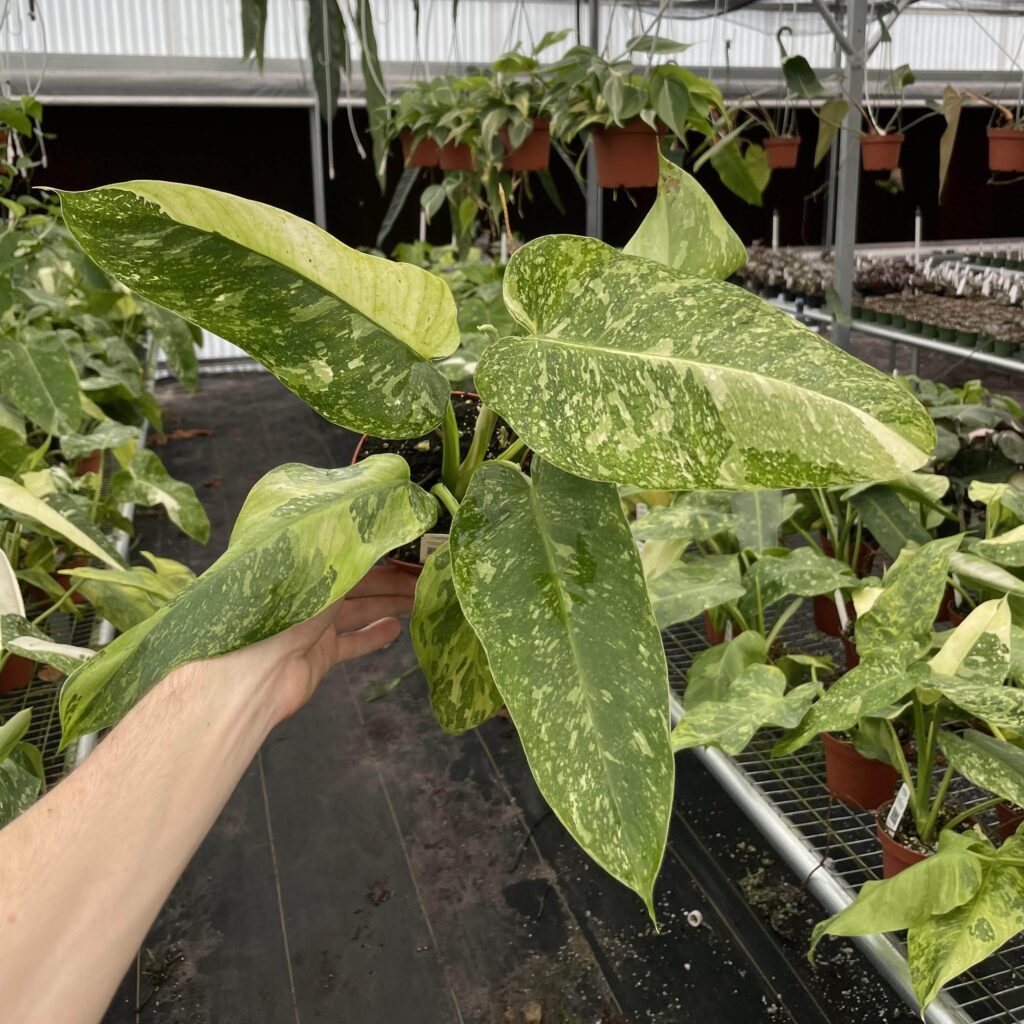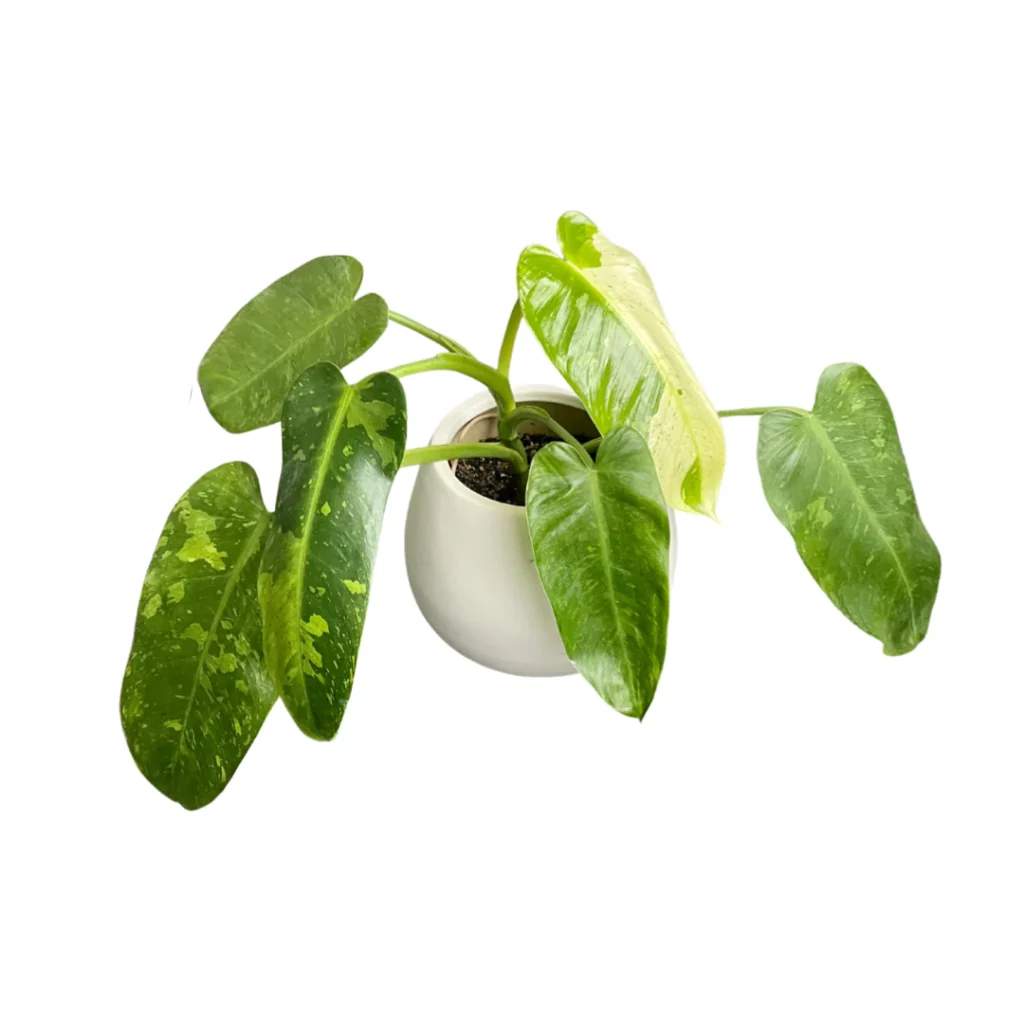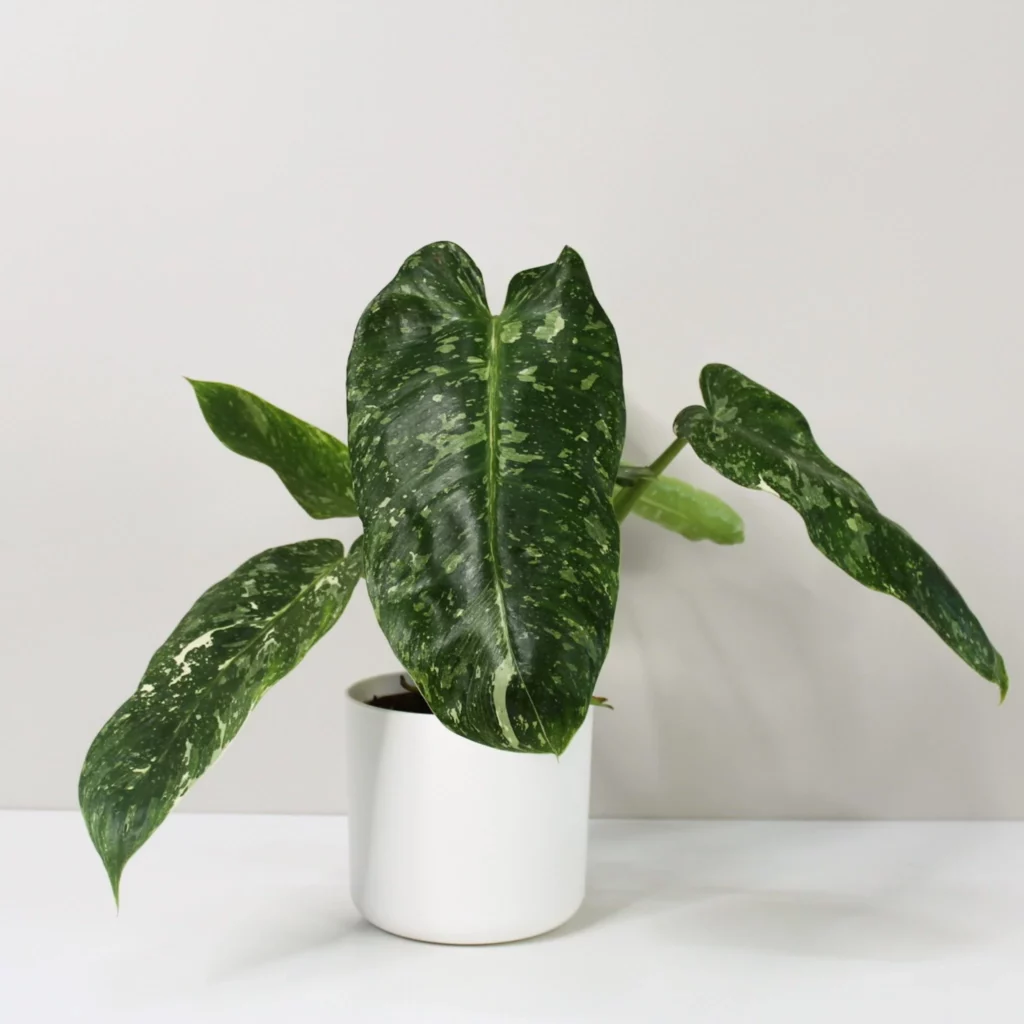1. Introduction
If you’re a plant lover who is always on the lookout for unique and eye-catching additions to your indoor jungle, look no further than the Philodendron Jose Bruno. This strikingly beautiful plant is not only visually stunning, but it’s also relatively low-maintenance and adaptable to a variety of indoor conditions. Let’s dive into the fascinating world of Philodendron Jose Bruno and learn how to properly care for this exotic plant!
2. History of Philodendron Jose Bruno
Philodendron Jose Bruno is a hybrid plant originating from the tropical rainforests of South America. It’s named after its discoverer, Jose Bruno, who first came across this exceptional variety in the wild. The plant’s parents are believed to be Philodendron gloriosum and Philodendron melanochrysum, both of which are known for their stunning foliage and ease of cultivation.

3. Characteristics of Philodendron Jose Bruno
3.1. Leaf Shape and Size
One of the most distinctive features of Philodendron Jose Bruno is its large, heart-shaped leaves. These leaves can grow up to 18 inches long and 10 inches wide, providing a lush, tropical feel to any space. The leaves display an attractive pattern of ridges and veins, adding texture and depth to its appearance.
3.2. Growth Pattern
Philodendron Jose Bruno exhibits a creeping growth habit, with its long stems stretching out horizontally or vertically, depending on the support provided. It’s a moderate to fast grower, depending on its environment, and can easily reach several feet in length over time.
3.3. Coloration
The leaves of Philodendron Jose Bruno boast a rich, dark green color, with a velvety sheen that catches the light beautifully. Young leaves emerge with a reddish hue, gradually deepening to a mature green as they age. This stunning coloration adds a touch of elegance and sophistication to your plant collection.
4. Caring for Your Philodendron Jose Bruno
4.1. Light Requirements
This adaptable plant thrives in bright, indirect light but can tolerate lower light levels as well. Avoid direct sunlight, as it may scorch the delicate leaves.
4.2. Watering
Philodendron Jose Bruno prefers evenly moist soil, but it’s crucial not to overwater. Allow the top inch of soil to dry out between waterings to prevent root rot. In general, water more frequently during the growing season and reduce watering during the cooler, dormant months.
4.3. Soil and Fertilization
A well-draining, peat-based potting mix is ideal for Philodendron Jose Bruno. Ensure that the soil allows for adequate aeration, as this plant’s roots are sensitive to waterlogged conditions. Fertilize your Philodendron Jose Bruno every 4-6 weeks during the growing season with a balanced, water-soluble fertilizer diluted to half strength. Reduce fertilization to every 8-10 weeks in the winter months.
4.4. Temperature and Humidity
As a tropical plant, Philodendron Jose Bruno appreciates warm temperatures and moderate to high humidity. Aim for a temperature range between 65-85°F (18-29°C) and maintain a humidity level above 50%. To increase humidity, place the plant on a tray filled with pebbles and water, or use a humidifier.
4.5. Pruning and Propagation
Regular pruning will help maintain a bushy appearance and encourage new growth. Remove any yellow or damaged leaves and trim back excessively long vines. To propagate, simply take stem cuttings with at least one leaf and a few nodes. Place the cuttings in water or moist soil and watch them root and grow into new plants!

5. Common Problems and Solutions
5.1. Pest Issues
Pests such as mealybugs, spider mites, and scale insects may occasionally infest Philodendron Jose Bruno. Check the plant regularly for signs of pests, and treat infestations with insecticidal soap or neem oil.
5.2. Diseases
Overwatering and poor drainage can lead to root rot, a common issue for Philodendron Jose Bruno. Prevent this by allowing the top inch of soil to dry between waterings and using well-draining soil.
5.3. Environmental Issues
Leaf yellowing or browning can be caused by several factors, including overwatering, underwatering, or exposure to direct sunlight. Monitor your plant’s environment and adjust its care accordingly to ensure optimal health.
6. Why Philodendron Jose Bruno is a Must-Have for Plant Enthusiasts
With its impressive foliage, vibrant coloration, and relatively low-maintenance requirements, Philodendron Jose Bruno is a fantastic addition to any plant collection. Its adaptability to various light conditions makes it an excellent choice for plant enthusiasts of all skill levels, and its exotic beauty is sure to impress guests and elevate your indoor space.
7. Conclusion
In conclusion, Philodendron Jose Bruno is a remarkable and stunning plant that deserves a place in your home or office. By following the care guidelines outlined in this article, you can provide the ideal environment for your plant to thrive and grow, adding a touch of tropical elegance to your space.

8. Frequently Asked Questions
- Is Philodendron Jose Bruno toxic to pets? Yes, Philodendron Jose Bruno contains calcium oxalate crystals, which can be toxic if ingested by pets. Keep the plant out of reach of curious animals.
- How often should I repot my Philodendron Jose Bruno? Repot your Philodendron Jose Bruno every 2-3 years, or when it has outgrown its current container. Choose a pot with good drainage, and use a well-draining, peat-based potting mix.
- Can I grow Philodendron Jose Bruno outdoors? Philodendron Jose Bruno can be grown outdoors in USDA hardiness zones 10-11, where temperatures remain consistently above 60°F (16°C). In cooler climates, the plant can be brought outdoors during the warmer months and returned indoors before temperatures drop below 60°F (16°C).
- Why are the leaves of my Philodendron Jose Bruno curling? Curling leaves can be a sign of underwatering, low humidity, or a pest infestation. Check the soil moisture and humidity levels, and inspect the plant for any signs of pests. Adjust your care routine as needed to address the issue.
- Can Philodendron Jose Bruno grow in low-light conditions? While Philodendron Jose Bruno can tolerate lower light levels, it will grow more slowly and may exhibit smaller, less vibrant leaves. For the best growth and foliage, provide bright, indirect light.





















